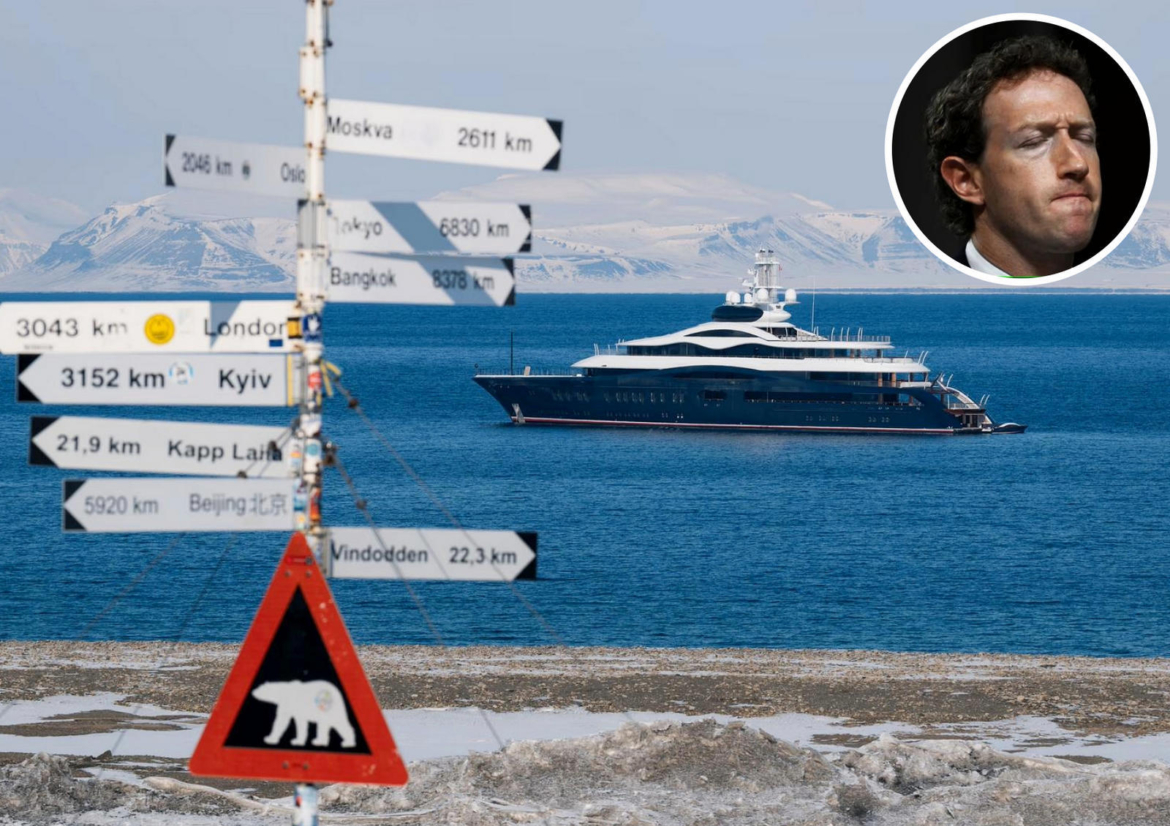One can assume that when tech tycoon Mark Zuckerberg decided to cruise all the way from Tahiti to Norway aboard his floating mansion, $300 million Launchpad and its $30 million support vessel Wingman, complete with toys, tenders, and a helicopter, he envisioned pure, uninterrupted solace. After all, Svalbard is one of the most remote, hauntingly beautiful, and ecologically fragile places on Earth. A land where nature reigns supreme and even humans tread lightly.

So imagine the frustration of the locals, watching the world’s third-richest man parading through this untouched wilderness in not one, but two vessels with colossal carbon footprints. According to Arctic Climate Action, Launchpad emits up to 40 tons of CO₂ while burning 4 tons of diesel every hour, anchoring itself in one of the most climate-sensitive zones on the planet. The real fear? That this high-profile visit may open the floodgates for dozens of other superyacht owners, turning Svalbard into a luxury stopover just 800 miles from the North Pole.
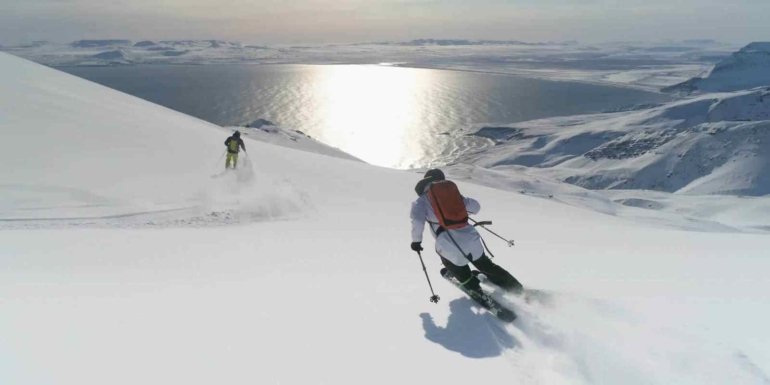
This is a place of glacier-draped mountains, still fjords, and polar silence. In winter, the sun doesn’t even rise. But Zuckerberg, reportedly chasing the thrill of heli-skiing, may have used his chopper to fly from Norway to the Swedish mountains, skiing back down into Norway.
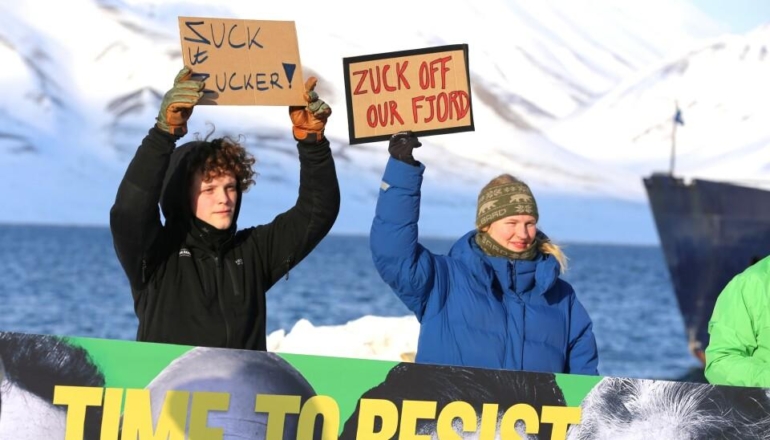
It sounds exhilarating, yes, something only a man worth $190 billion can casually arrange. But how does he justify the environmental cost? According to NRK, the journey from the Azores to Northern Norway and onward to Svalbard spans over 4,000 kilometers. Round-trip, it results in emissions equal to what 1,400 Norwegians produce in a year.
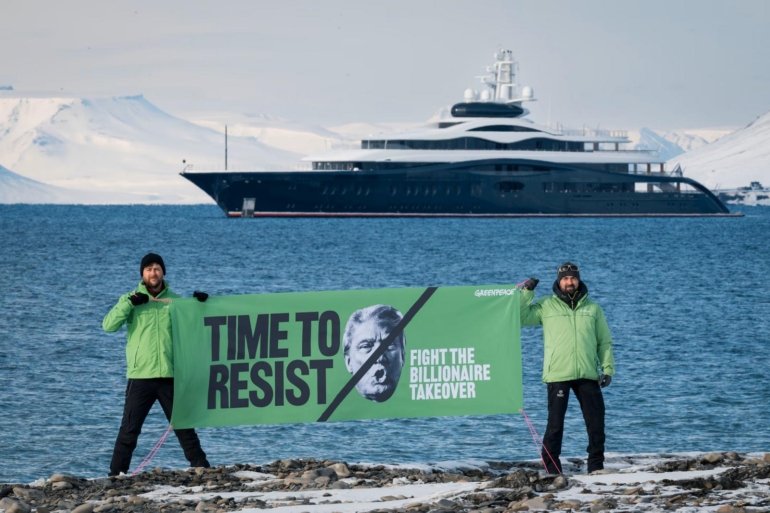
In response, eco-activists in Longyearbyen organized a protest with signs reading “Time to resist, fight the billionaire takeover.” The town came together to host a banner-making workshop, ensuring their voices would be visible from the 387-foot Feadship if it docked. Messages like “Svalbard can’t afford the super-rich” and “Don’t make the glaciers pay for your luxury” were painted boldly.
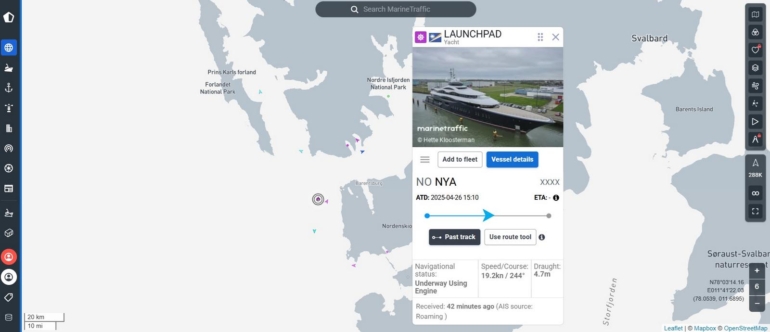
But on April 30th, despite the preparations, Launchpad never docked as expected, clearly avoiding facing the backlash in all its glory. Still, the peaceful protestors may have achieved something Zuckerberg couldn’t ignore. Thanks to the Meta founder, getting a message across the world has never been easier. It’s a bitter twist that Zuckerberg, whose empire thrives on “connecting people,” managed to unite an entire Arctic community, not in admiration, but in protest.
